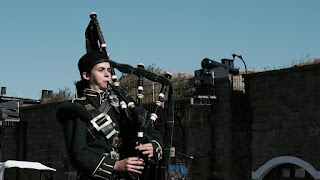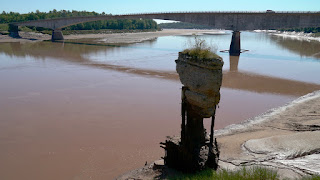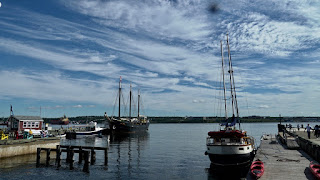Salt Lake City. June 8th, 9th 1982
Tuesday, June 8th 1982 Salt Lake City Missed writing this yesterday, so I'll recap if I can remember it all. We left camp at Grand Canyon at about 7:00am and drove to Desert View. A stone tower had been built in Indian style to get a better view of the desert. It was decorated inside with Indian art, secular and religious. The view from the top was no different than that from the lockout outside, but there was interest in the tower as an object. We travelled on after breakfast through the Painted Desert, which didn't look too painted to me, perhaps I was looking the wrong way. The country was high plain country with a fairly barren landscape, the mountains were coloured in some part or just barren. Along the roadside were many Indian stands, selling jewellery and the like. We lunched at Page, or rather Glen County Dam. The blue water contrasted greatly with the red soil. It was warmer here. Travelling on into Utah, the first 70 miles to Kanab were very windy and boring, but ...


